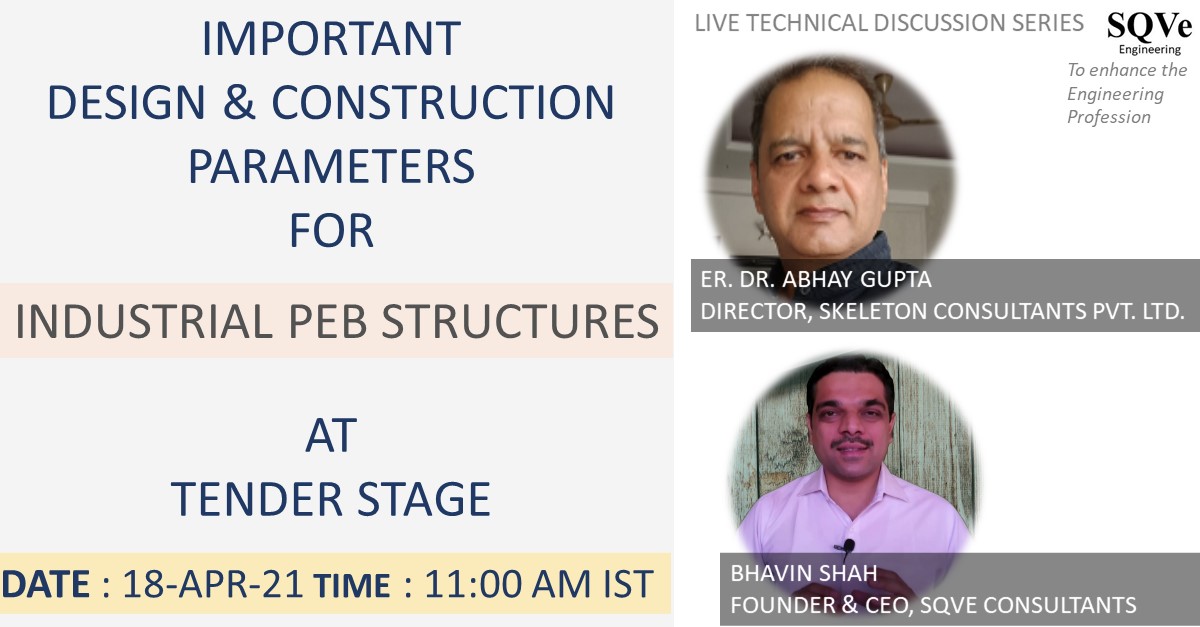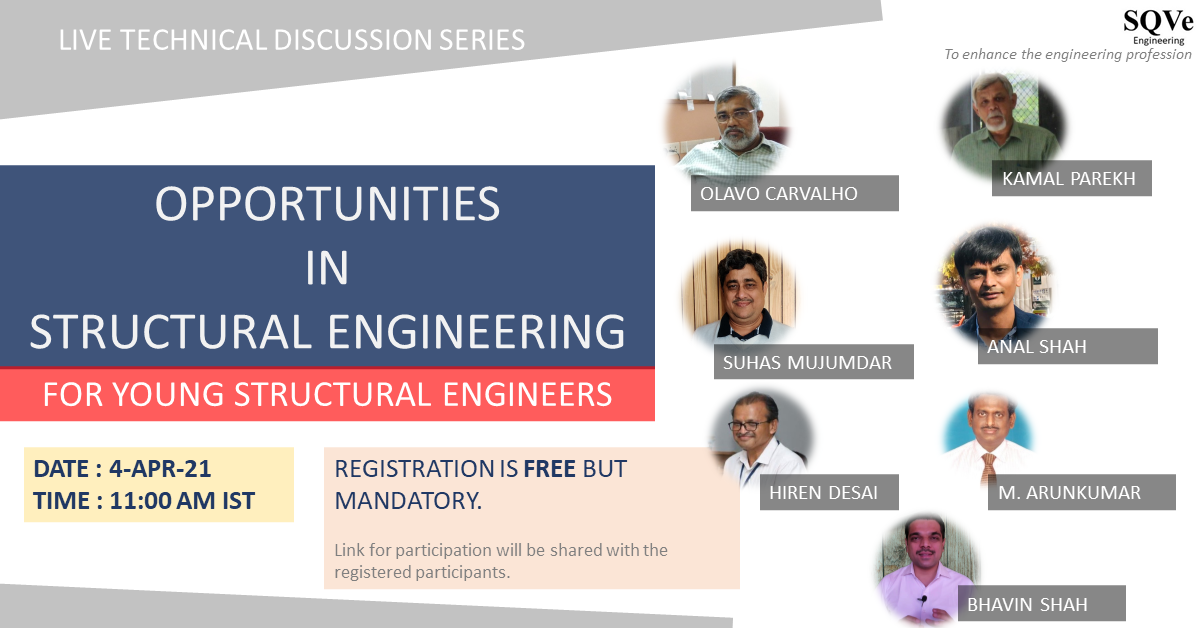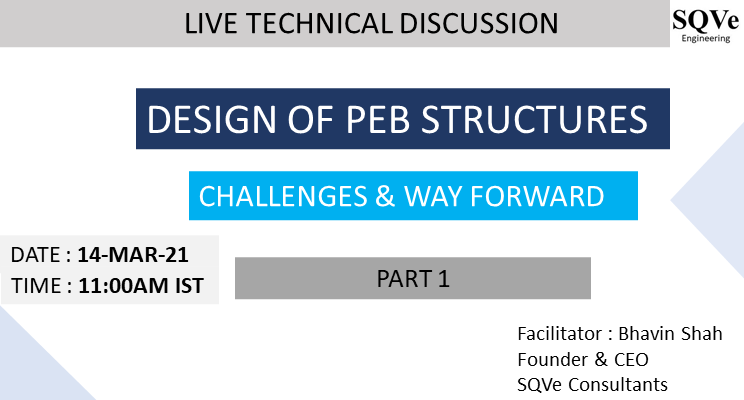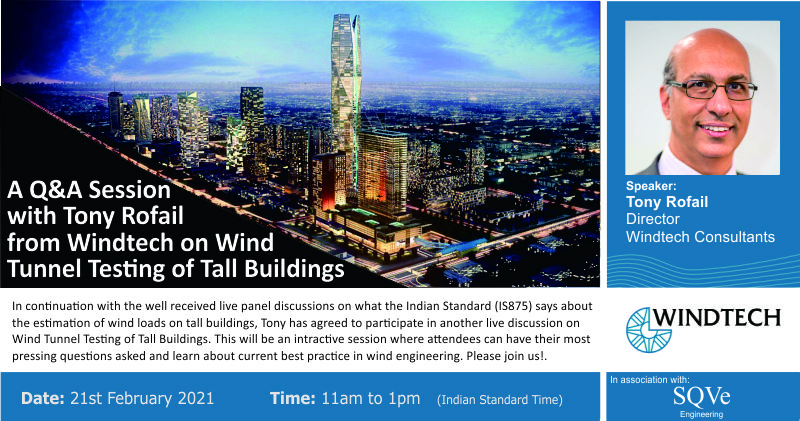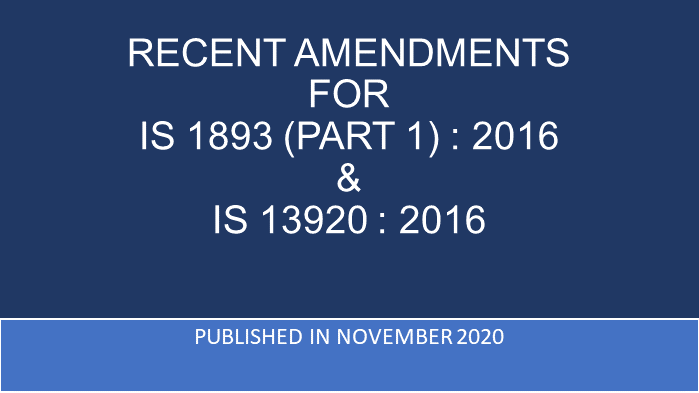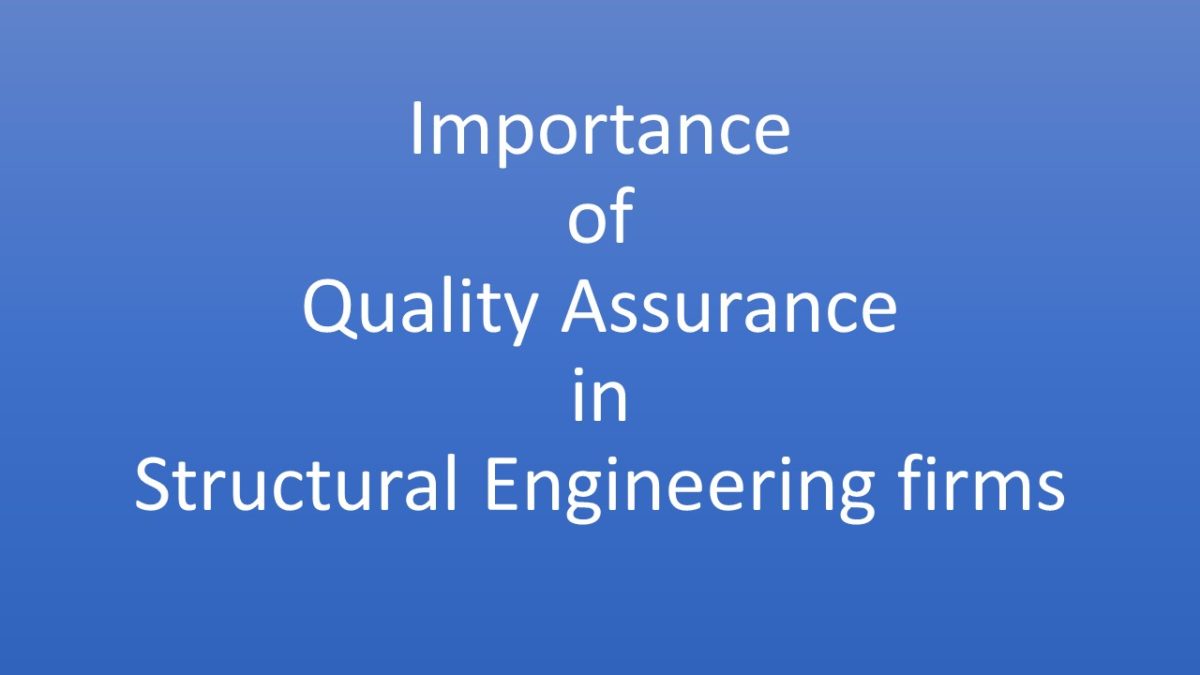This article is referred to the industrial structures (main plant building) for different industries like manufacturing, automobile, plastic, food, glass, ceramic, etc. which are executed with the concept of Pre Engineered Building (PEB).
For design of PEB structures, generally, the owner / client is appointing a structural consultant for preparation of the tender. The tender is published in the market for inviting bids from different PEB vendors. Based on the techno-commercial evaluation, the optimum bid is selected and the project is awarded to the relevant PEB vendor. The overall purpose of tender is to bring all the bidders at a par and to ensure implementation of the important parameters in design, fabrication, erection, etc.
In view of the above, tender for PEB structure is an extremely important step in the project cycle. I have experienced that tender from consultant to consultant vary in terms of inclusion of different parameters.
Following are few of the important parameters which may be included in the PEB tenders:
- General arrangement drawing of the structure
- Overall structural system
- Design codes and standards
- Yield stress of the material
- Durability aspects
- Basic wind speed
- Permeability of the building for calculation of cpe & cpi
- Earthquake zone
- Clarity on section 12 of IS 800:2007
- Live load on the mezzanine floor
- Support condition to be considered at junction of steel structure & RCC pedestal
- Slenderness ratio of bracings
- Deflection criteria
- Crane loading
- Interface between crane manufacture and PEB vendor
- Fire resistance as per requirement
- Provisions for design of anchor bolt
- Standard details
- Tolerance on fabrication
We are planning to arrange live discussion on this topic on 18-APR-21 at 11:00 AM IST.

Er. Dr. Abhay Gupta will join the discussion as guest expert. He has obtained his BE(Civil) in 1981 & subsequently ME(Structures) from SGSITS Indore; and Ph.D. from University of Roorkee, Roorkee (now IIT Roorkee) in the area of “Aerodynamic Interference in Tall Rectangular Buildings: Wind Tunnel Studies” in 1996. He has more than 35 years of experience in the field of Civil Engineering construction and Structural design. Dr. Abhay Gupta is one of the Directors of Skeleton Consultants Pvt. Ltd. Noida. Dr. Gupta has also worked as Principal consultant for establishment of Wind tunnel facility at Guna MP.
(Registration is Free.)
Your discussion points are welcome in advance in the below comment box or at above link so that it would help us to structure the discussion.
